- stackconf online 2021 | Why you should take care of infrastructure drift
- stackconf online 2021 | On-call done right: how even a developer can help
- stackconf online 2021 | Autoscaling with HashiCorp Nomad
- stackconf online 2021 | Continuous Security – integrating security into your pipelines
- stackconf online 2021 | Kubernetes Native Continuous Deployment with FluxCD, Flagger, and Linkerd
- stackconf online 2021 | Help, My Datacenter is on Fire
- stackconf online 2021 | Continuous Security – Integrating Security into your Pipelines
- stackconf online 2021 | Fuzzing: Finding Your Own Bugs and 0days!
- stackconf online 2021 | Monitoring Microservices The Right Way
- stackconf online 2021 | Policy-as-code in Kubernetes with Gatekeeper
- stackconf online 2021 | Stretching the Service Mesh Beyond the Clouds
- stackconf online 2021 | Stretching the Service Mesh Beyond the Clouds
- stackconf online 2021 | Spot the Anti-Pattern
- stackconf online 2021 | How DevOps changed the way we operate software
- stackconf online 2021 | We accidentally created a Cloud on our IBM Cloud
- stackconf online 2021 | The Tyranny of Taylorism and how to spot Agile BS
- stackconf online 2021 | First hand experience: How Nextcloud stayed productive during COVID-19
- stackconf online 2021 | Reference Architecture for a Cloud Native Digital Enterprise
- stackconf online 2021 | How we finally migrated an eCommerce-Platform to GCP
- stackconf online 2021 | Introducing Thola – A tool for Monitoring and Provisioning Network Devices
- stackconf online 2021 | Setup Min.io and Open Policy Agent for a multi purpose scientific platform
- stackconf online 2021 | GitOps: yea or nay?
- stackconf online 2021 | The Importance of Visuals in Teaching Code and Reducing Bias
- stackconf online 2021 | Enabling multi-cloud and breaking vendor lock-in with Cloud Sidecar
- stackconf online 2021 | Pragmatic App Migration to the Cloud: Quarkus, Kotlin, Hazelcast and GraalVM in action
- stackconf online 2021: Data Driven Security
- stackconf online 2021 | Platform as a Product
stackconf online 2021 is over and was a full success. It was all about open source infrastructure solutions in the spectrum of continuous integration, container, hybrid and cloud technologies. We’re still excited about all of our experts sessions and the large number of participants who joined us from all over the world. In the following you get an insight about one of our talks.
Stephane Jourdan, co-author of Infrastructure-as-Code Cookbook and co-founder of Driftctl lectures us in the talk “Why you should take care of infrastructure drift” about infrastructure drift, why it’s causing issues and how to avoid and mitigate it.
The talk starts off by looking for a definition for infrastructure drift, asking users and customers for their experiences. Infrastructure drift happens when the reality and the expectations don’t match is the definition given. This is supplemented by a technical explanation: the configuration provided by our management tools doesn’t match the configuration on our actual machines. For varying reasons, whatever configuration we have running in our cloud infrastructure, in our AWS machines, differs from the configuration we have provided in Terraform. That difference is infrastructure drift.
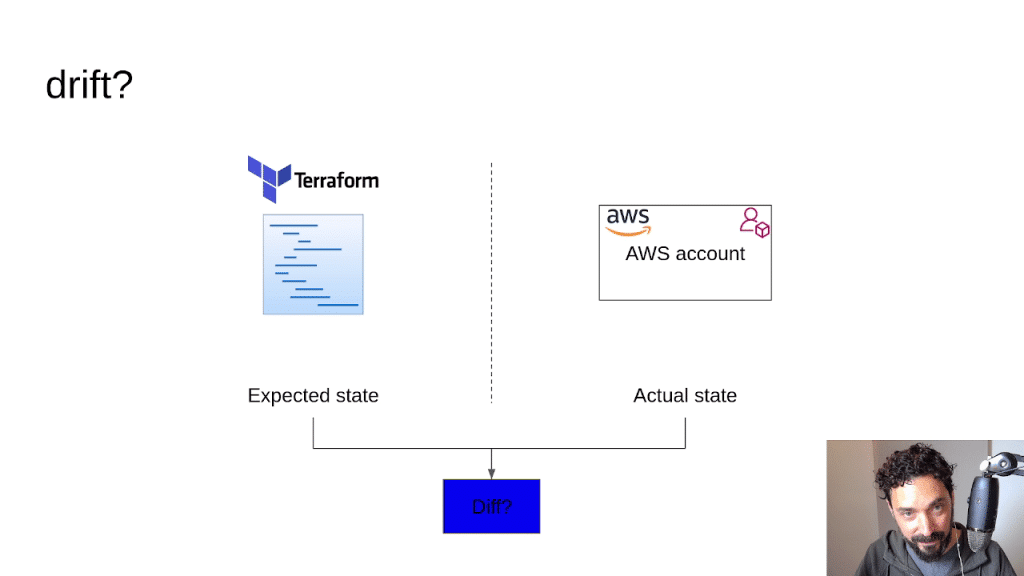
Infrastructure drift: A simple overview
It is caused by unmanaged resources in the cloud infrastructure, be it manual inputs directly into the machines, dynamic updates, different teams working with different software, making changes to the configuration in the cloud. These changes are not being supervised by our configuration management tool, and if not checked regularly for infrastructure drift, these differences can stay there for weeks, months even. Many companies are adopting automation when using and providing cloud infrastructure and it is very easy to overlook infrastructure drift, posing a considerable security threat. Driftctl helps us by checking for these differences and giving us a report about the quantity of infrastructure drift.
Then Stephane shares user stories with us. We hear about using Driftctl to check Terraform: users making manual inputs, changing access rules and firewall configurations in AWS creating rules which are not being covered by Terraform. These issues were caused by varying authorized people making changes directly in AWS web UI, and persisted in each case with unacceptable duration. The usage of Driftctl is being presented to us in live demos – the user inputs of the stories were being replicated and Stephane demonstrates how Driftctl checks these differences and notifies the user by giving a percentage calculated, informing them about the serverity of the infrastructure drift in their environments.
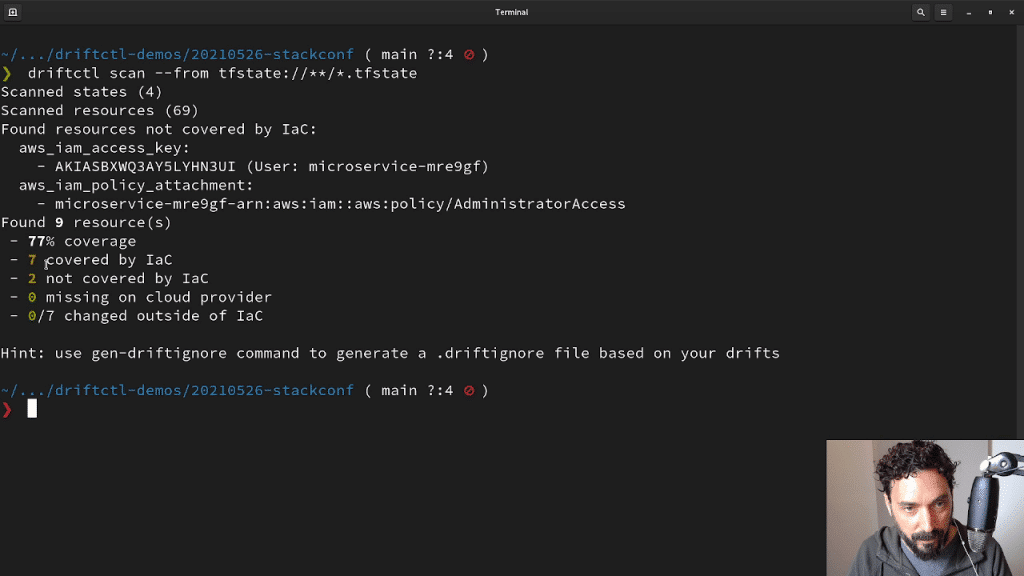
Driftctl scans Terraform and finds two rouge instructions
To finish up his talk, Stephane shows us more usages of Driftctl: scanning JSON Output for differences, using the .driftignore file to ignore occurrences of infrastructure drift, scanning with filters to focus on specific areas of the AWS accounts, and using Driftctl in CI setups, where a Docker container is being provided for easy integration in various CI systems.
stackconf 2022 will take place in Berlin. The final date will be announced soon. If you want to learn more about infrastructure solutions in advance you have the possibility to take look at our archive where you can find all slides and videos from this year’s stackconf.
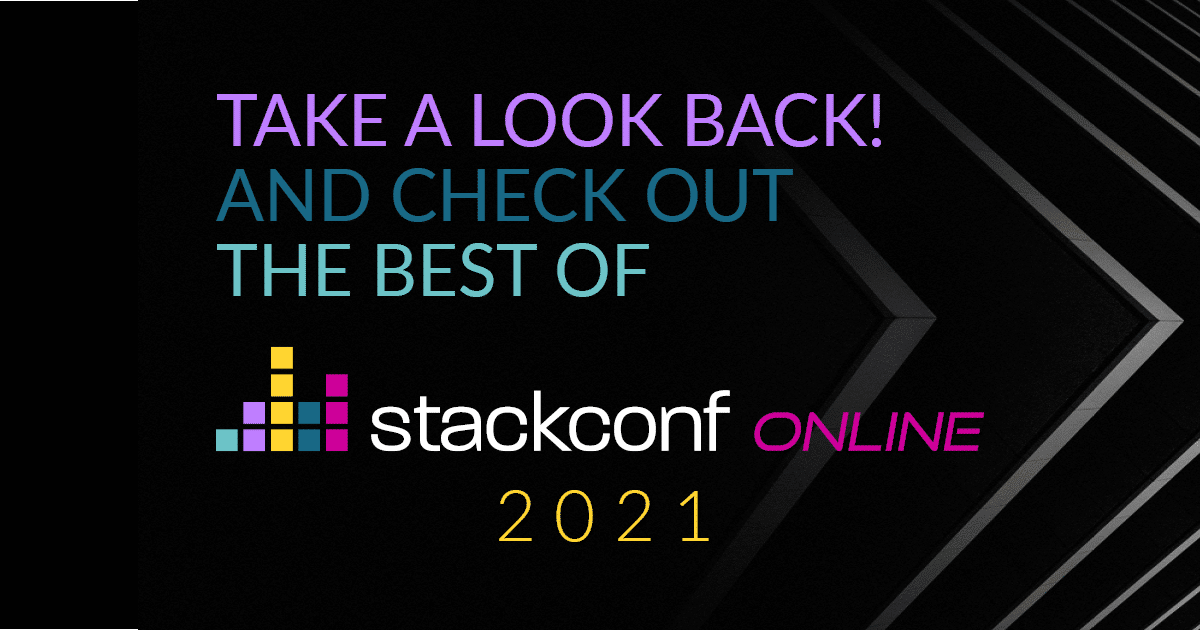
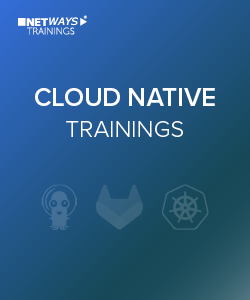
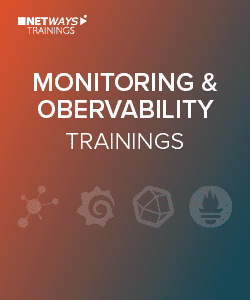
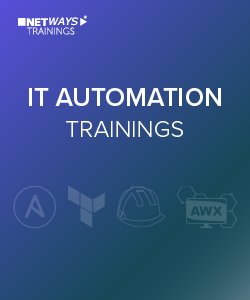
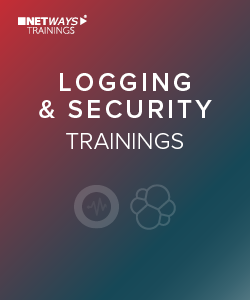
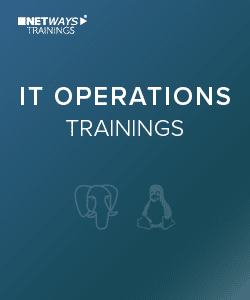
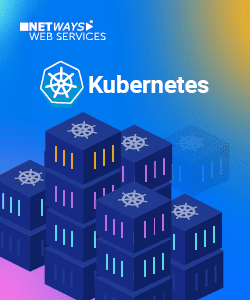
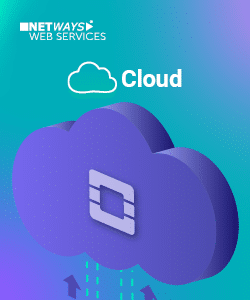
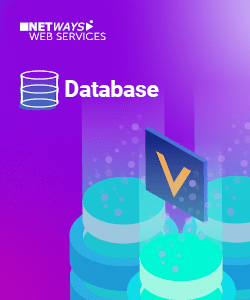
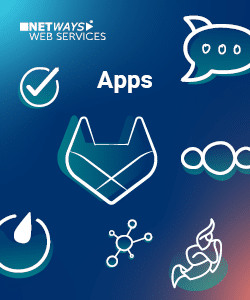
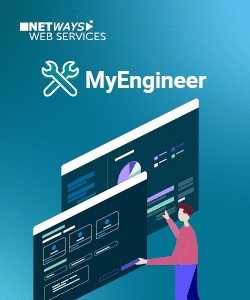
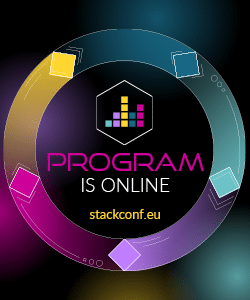

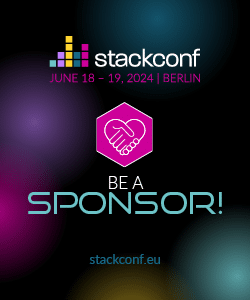
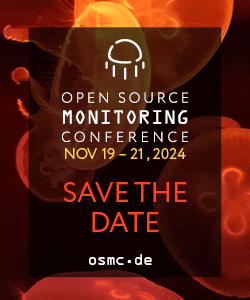
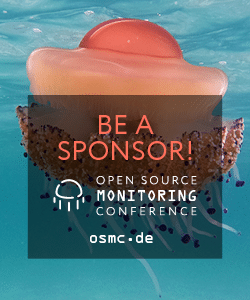

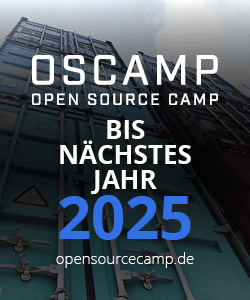
0 Comments